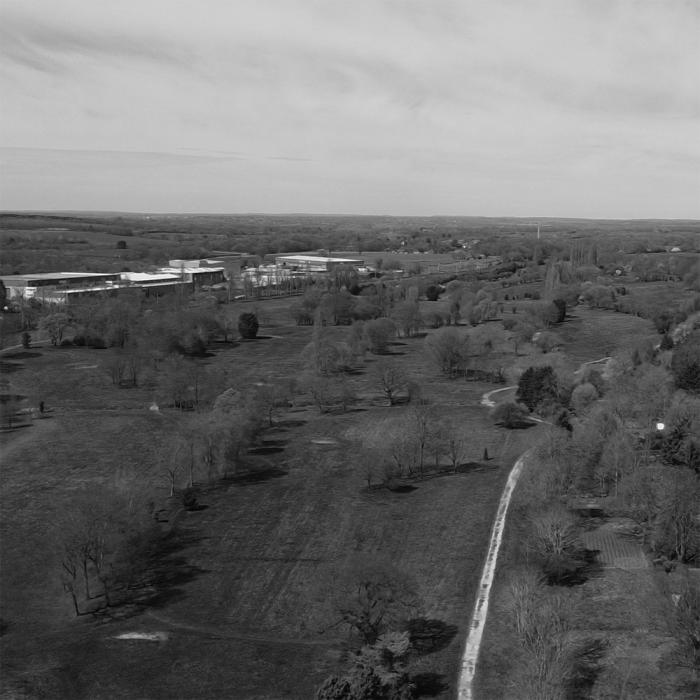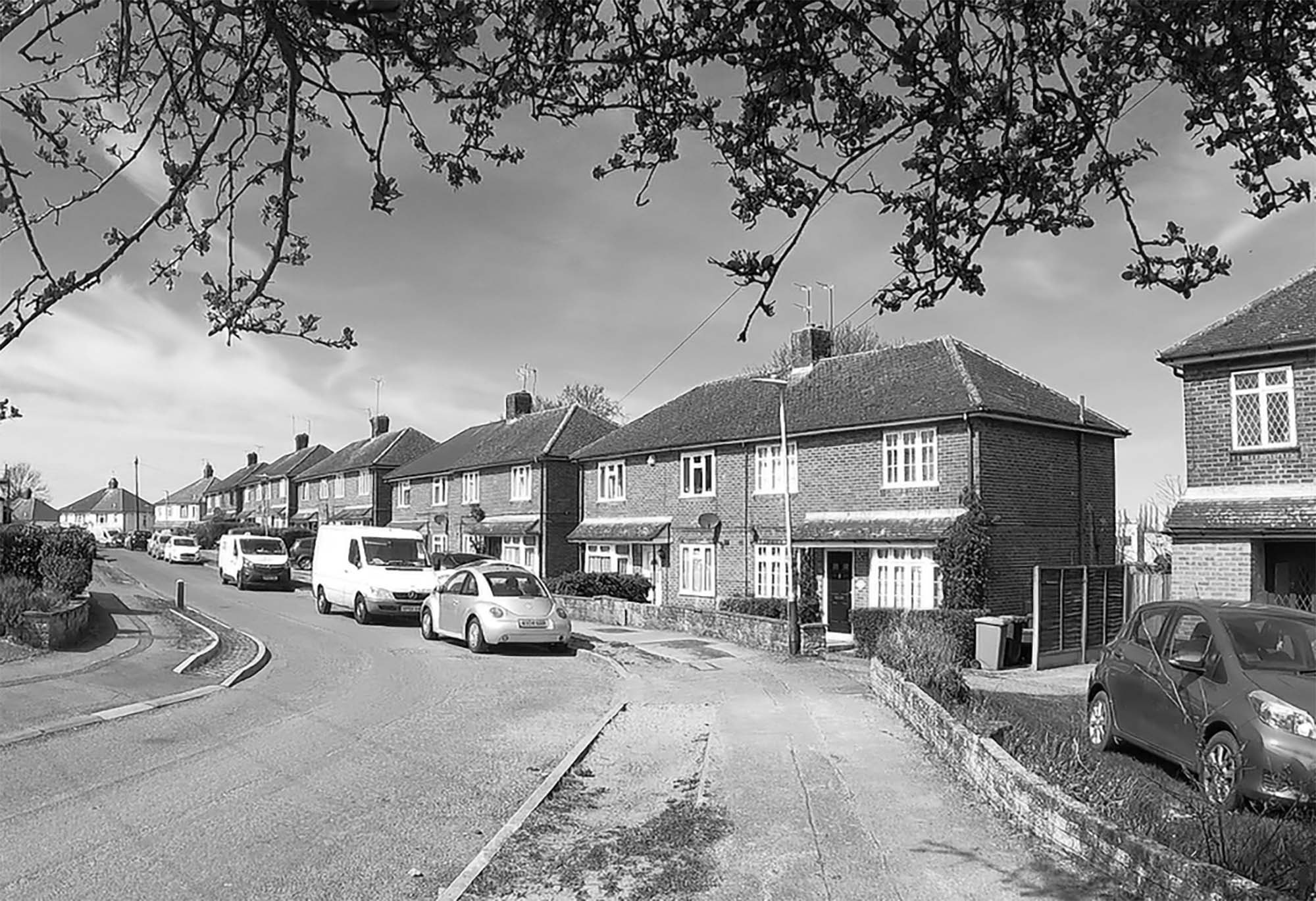

Age: 45
Sex: male
Date: 17 Nov 1947
Place: Potters Bar Golf Club, Darkes Lane, Potters Bar
Albert Welch was found dismembered in Tiddlers Pond on the seventh hole at Potters Bar Golf Club, Middlesex on 22 May 1948.
He was last seen on the night of 17 November 1947 and it was thought that he had been murdered in a nearby back garden, possibly the one next to his, and his remains then taken to the pond and disposed of.
Albert Welch had lived in Cranborne Crescent in Potter's Bar, Middlesex with his wife and 16-year-old son and had been a railway electrician.
When he was last seen, before leaving home, it was said that he had spoken of seeking employment in the coal mines. During the police investigation into his initial disappearance, the police went to the Midlands and the northern coalfields in search of Albert Welch on the theory that he could have been working in a coal pit in one of those areas.
He was last seen by a woman railway guard who said that Albert Welch had had an emergency call to attend to on the line on the night of 17 November 1947, and said that she remembered him getting on her train at about 11pm and going to Hadley Wood station.

His wife said that she last saw Albert Welch on 17 November 1947 and said that she thought that he had been at work that night. However, she said that she thought that she heard someone at about 10.15pm and thought that it was him and said that when she came down the following morning she found that tea had been made and thought that he had had his breakfast.
On 2 July 1948 the police dug up the garden in the house next to the one that Albert Welch had lived in. It was reported that they had dug to a plan and thought that they had been seeking something to confirm certain recent information. It was reported that four police officers had been digging in the garden and that they had left patches of freshly turned earth in both the front and back plots. The gardens along Albert Welch's side of Cranborne Crescent had backed onto the Potters bar Golf Links. The man whose garden they dug up, who was himself an ex-Metropolitan police officer, was said to have been assisting the detectives throughout their inquiry, rendering help where possible about Albert Welch's life and habits. However, he later told a reporter that he didn't think that the police had found anything to help them with their inquiries. He said, 'As an ex-policeman, I have done all I could to help the detectives in their inquiries'.
On Friday 3 September 1948, it was reported that a man had called the Leeds City Police from a phone in City Square to say that he was Albert Welch and that he was not dead and wanted to explain to the police why he had not come forward, but after a police car was rushed to the place where the call originated, the man, who had given a description of himself, could not be found.
Albert Welch's inquest took place on Thursday 18 November 1948. It was heard that the state of his forehead was consistent with a heavy blow having been struck before his death and that part of his body had been burned and that a hacksaw had probably been used to dismember his body.
When his wife gave evidence at the inquest, she said that she had assumed that Albert Welch had gone off to stay with his father to cause her anxiety, which she said was his nature, and so she didn't worry at first. She also noted that Albert Welch had always wanted to leave Potters Bar. However, she also said that Albert Welch, whilst often working nights, had never gone out without her knowing where he was.
She said that she didn't report Albert Welch missing until 20 November 1947 because she had expected him to come back.
Police evidence shown at the inquest included photographs of Albert Welch and of the skull that was found and a police inspector said, 'From my tests, I am of the opinion that the skull in the pond could very well have been that of Welch'.

A doctor from the Metropolitan Police Laboratory who carried out tests on a pair of Albert Welch's boots that had been supplied by his wife said, 'In my view, there is a remarkable accurate fit between the X-ray photographs of the feet and my internal impressions made from the boots.
It was also heard that shortly before Albert Welch had gone missing that he had complained that his upper dentures had been hurting his mouth, and the doctor that examined his body said that he found evidence to suggest that there had been an abscess in the upper jaw of the remains found in the pond.
A pathologist said that he examined the front portion of the upper jaw and found that it had been partly destroyed by fire. He also said that there had been considerable destruction to the forehead by fire and that other body remains showed blackening.
He said that the state of the forehead was consistent with a heavy blow on the forehead and that analysis of blood suggested that haemorrhage had occurred in the vicinity of the forehead. He added that he thought that the blow had been struck before death.
He also said that he thought that the body had been dismembered chiefly by means of a fine blade saw, probably a hacksaw.
He said that he was of the opinion that death was due to haemorrhage round the brain after a fracture of the skull and that the burning of the nose and forehead had occurred after death.
His inquest concluded that Albert Welch died on either 17 or 18 November 1947 based on the fact that no one saw him after that.
Albert Welch was described as being aged 45, 5ft 6in tall, with a medium build, brown hair, grey eyes and an oval face with a cyst above the forehead.
His inquest returned a verdict of murder by a person or persons unknown, noting that his death was caused by a blow on the forehead.
see National Archives - MEPO 2/9395
see Belfast News-Letter - Friday 02 July 1948
see Western Morning News - Friday 02 July 1948
see Gloucestershire Echo - Thursday 18 November 1948
see Nottingham Journal - Tuesday 15 June 1948
see Daily Herald - Friday 11 June 1948
see Staffordshire Sentinel - Thursday 18 November 1948
see Daily Herald - Saturday 12 June 1948
see Hartlepool Northern Daily Mail - Saturday 12 June 1948
see Yorkshire Evening Post - Friday 03 September 1948